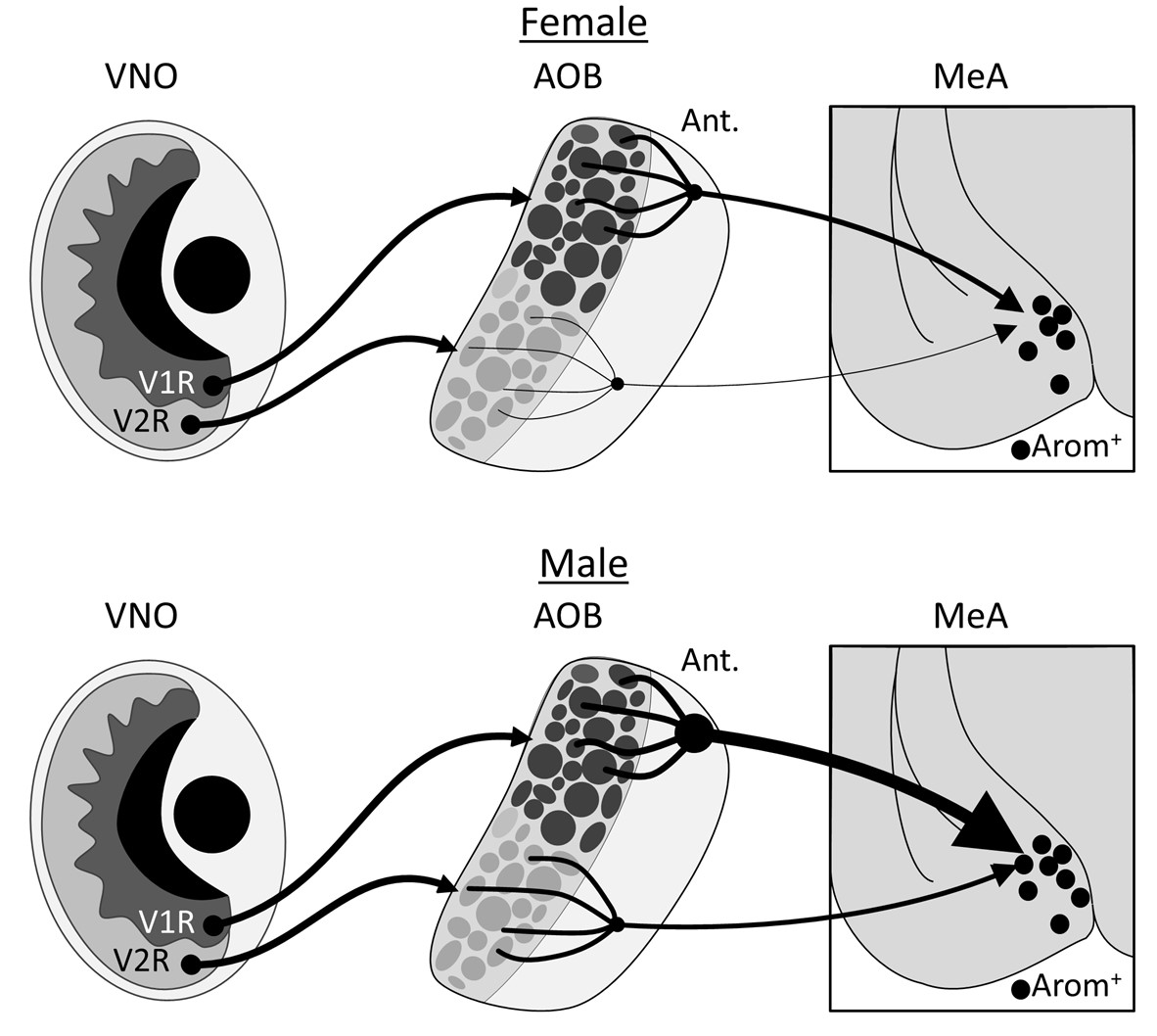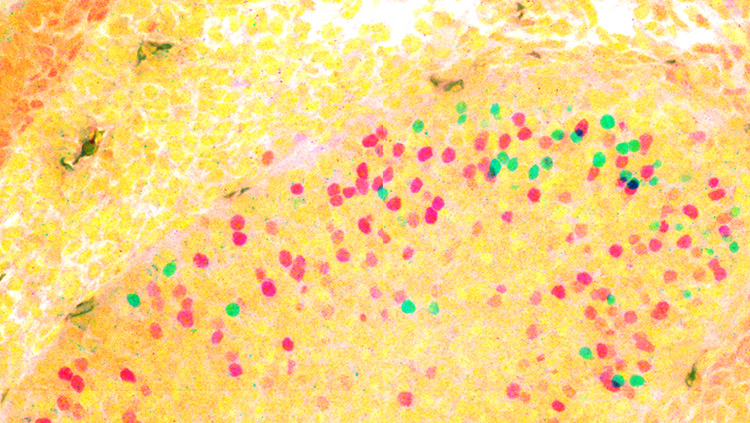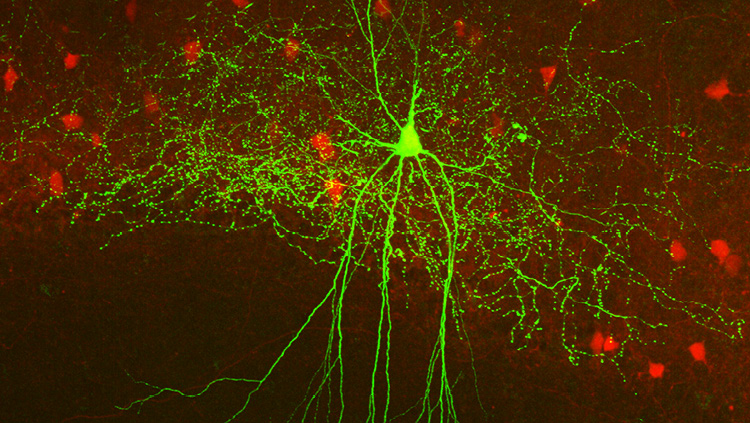Circuit Mapping/Networks
Explore resources and articles on mapping neural circuits and networks.
-
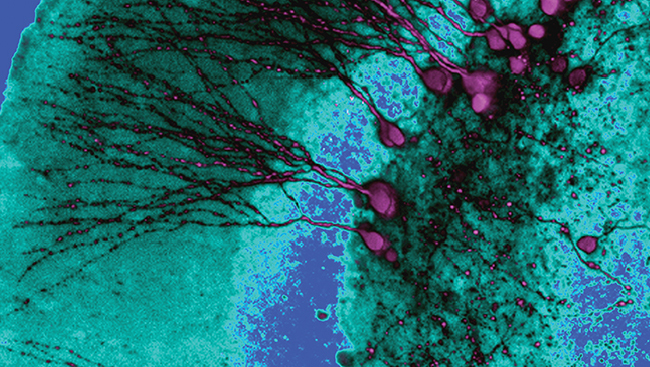 Shining a Light (Microscope) Onto the Brain's Connections
Shining a Light (Microscope) Onto the Brain's ConnectionsMaterial below is adapted from the SfN Short Course Mapping Brain Circuitry with a Light Microscope, by Pavel Osten MD, PhD and Troy W. Margrie, PhD. Short Courses are daylong scientific trainings on emerging neuroscience topics and research techniques held the day before SfN’s annual meeting.
Since the days of Camillo Golgi and Santiago Ramón Y Cajal, light microscopes have provided neuroscientists a glimpse into the anatomy of the brain. Advances in the microscopes themselves and methods to stain and trace neurons have revealed various pathways and structures, as well as organization and hierarchies specific to certain brain regions. Three large projects (the Mouse Brain Architecture Project, the Allen Mouse Brain Connectivity Atlas, and the Mouse Connectome Project) are currently attempting to take our knowledge to another level, by mapping all the connections within the brain. Together with new technologies, these projects are helping bring the possibility of a complete map of the mouse brain within reach.
-
 Revealing a Sexually Differentiated Neural Circuit for Sensing Social Stimuli
Revealing a Sexually Differentiated Neural Circuit for Sensing Social StimuliMaterial below summarizes the article Synaptic Connections of Aromatase Circuits in the Medial Amygdala are Sex Specific, published on May 29, 2020, in eNeuro and authored by Addison Billing, Marcelo Henrique Correia, Diane A. Kelly, Geng-Lin Li, and Joseph Bergan.
Highlights
- Aromatase-producing cells in the mouse medial amygdala receive input originating from sensory cells in the vomeronasal organ that express a single class of receptors known to detect chemicals that convey information about the age, sex, and breeding condition of other mice.
- We did not observe sex differences in the intrinsic electrophysiological properties of aromatase-producing cells in the medial amygdala; however, we found a robust anatomical sex difference in the number of synapses that connect the accessory olfactory bulb – and thus the vomeronasal organ - to these cells.
- Males have nearly an order of magnitude more of these synaptic connections than do females, an anatomical difference that could play a role in shaping sex differences in social behaviors mediated by the medial amygdala.
-
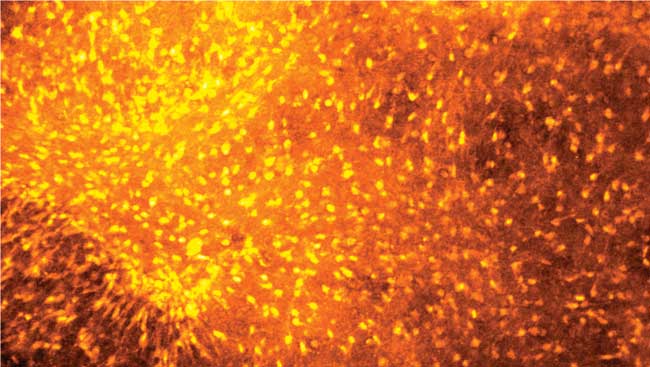 Meet-the-Expert: Creating a Multimodal Brain Cell Type Atlas With Hongkui Zeng, PhD
Meet-the-Expert: Creating a Multimodal Brain Cell Type Atlas With Hongkui Zeng, PhDThis resource was featured in the NeuroJobs Career Center. Visit today to search the world’s largest source of neuroscience opportunities.
To understand the function of the brain and how its dysfunction leads to brain diseases, it is essential to have a deep understanding of the cell type composition of the brain, how the cell types are connected with each other, and what their roles are in circuit function.
Join this interactive Meet-the-Expert session to hear Hongkui Zeng discuss her research team’s experience in building multiple platforms and generating large-scale datasets to characterize the transcriptomic, physiological, morphological, and connectional properties of different types of neurons in a standardized manner, toward a multimodal taxonomy of cell types and a description of their wiring diagram for the mouse brain, with a primary focus on the cortex.
-
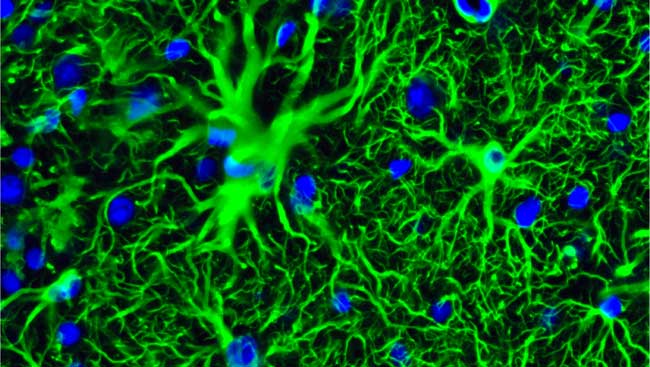 Circuit Mapping/Networks Journal Articles
Circuit Mapping/Networks Journal ArticlesRead the latest research on mapping circuits and networks.



